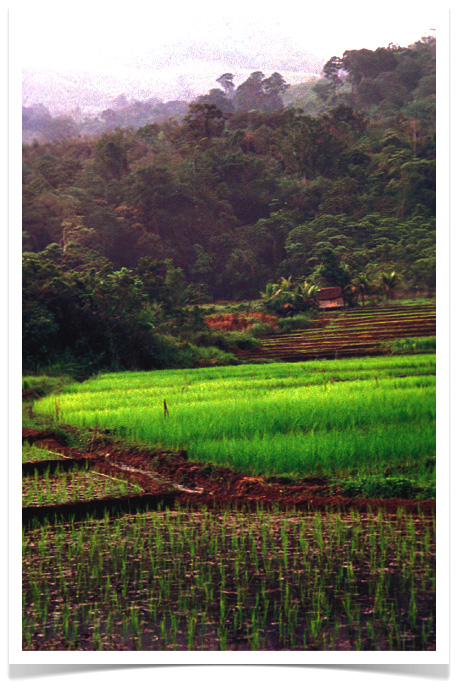
In the early 1990's, I was involved with some extensive forest inventories in the northern part of Sanggau in West Kalimantan, Indonesia. The sample area was kind of remote and hard to get to, and once you arrived, it was best to just camp out and finish the work. Which is what three crews of local Dayaks, two cooks, and I did for eight days. It only rained once. [NOTE: I remember one exceptional day we ran two kilometers of line through mixed Dipterocarp forest on terrain as flat as a football field. The area, apparently, had never been logged and we didn't record a single stump.]
 Saturday, November 14, 2009 at 12:45PM
Saturday, November 14, 2009 at 12:45PM 










